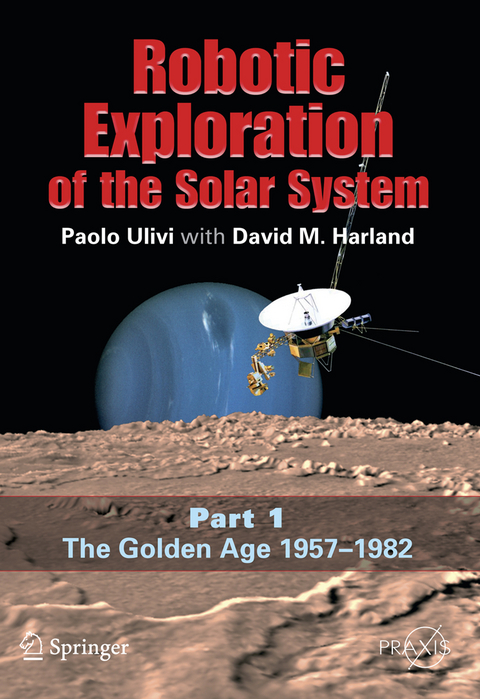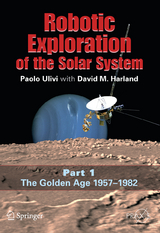Robotic Exploration of the Solar System
Springer-Verlag New York Inc.
978-0-387-49326-8 (ISBN)
The Second World War left among its many and painful heritages a new technology, ballistic missiles, that was to change the world, providing a way to carry into space instruments, satellites and probes that revolutionized science and technology. Prior to launching artificial satellites, both the then Soviet Union and the United States developed more powerful intercontinental missiles with a range of thousands of miles. In the 1950s, the Soviets designed the huge 8K71 "Semiorka" (little seven, after the military designator R 7), a single staged rocket equipped with four large boosters and able to carry an heavy thermonuclear warhead to the continental US. In the USA, competition between the different armed forces prevailed, and the Army developed the medium range Redstone and Jupiter missiles, whilst the Air Force developed the Thor and two different ICBMs, Atlas and Titan and the Navy developed the Polaris submarine launched missiles. The potential of all of these rockets to boost spacecraft were huge, but while in the Soviet Union it was decided to modify an 8K71 to carry a scientific payload into space, the United States decided that the Navy would develop a tiny new rocket called Vanguard, specifically designed for the task. This decision was to have grave repercussions: on 4 October 1957 the Soviet Union launched its PS-1 satellite, better known as Sputnik, which rocked the USA. This was compounded a month later by the launch of the PS-2, carrying the dog Laika. Following the explosion of the first Vanguard on December 6, the US Army then had the task to restore the American confidence by successfully carrying Explorer 1 into space on 1 February 1958 using the modified Redstone rocket called Juno 1. During the same year, the superpowers started working on new versions of their missiles able to carry small payloads to the Moon and, potentially, to the near planets. The space race had begun.
Introduction.- The beginning.- Of landers and orbiters.- The grandest tour.- Acronyms.- Glossary.- Appendices.- Chapter references.- Further reading.- Index.
| Erscheint lt. Verlag | 23.10.2007 |
|---|---|
| Reihe/Serie | Space Exploration | Springer Praxis Books |
| Zusatzinfo | LX, 536 p. |
| Verlagsort | New York, NY |
| Sprache | englisch |
| Maße | 174 x 244 mm |
| Themenwelt | Sachbuch/Ratgeber ► Natur / Technik ► Weltraum / Astronomie |
| Informatik ► Theorie / Studium ► Künstliche Intelligenz / Robotik | |
| Naturwissenschaften ► Physik / Astronomie ► Astronomie / Astrophysik | |
| Technik ► Luft- / Raumfahrttechnik | |
| ISBN-10 | 0-387-49326-3 / 0387493263 |
| ISBN-13 | 978-0-387-49326-8 / 9780387493268 |
| Zustand | Neuware |
| Haben Sie eine Frage zum Produkt? |
aus dem Bereich




